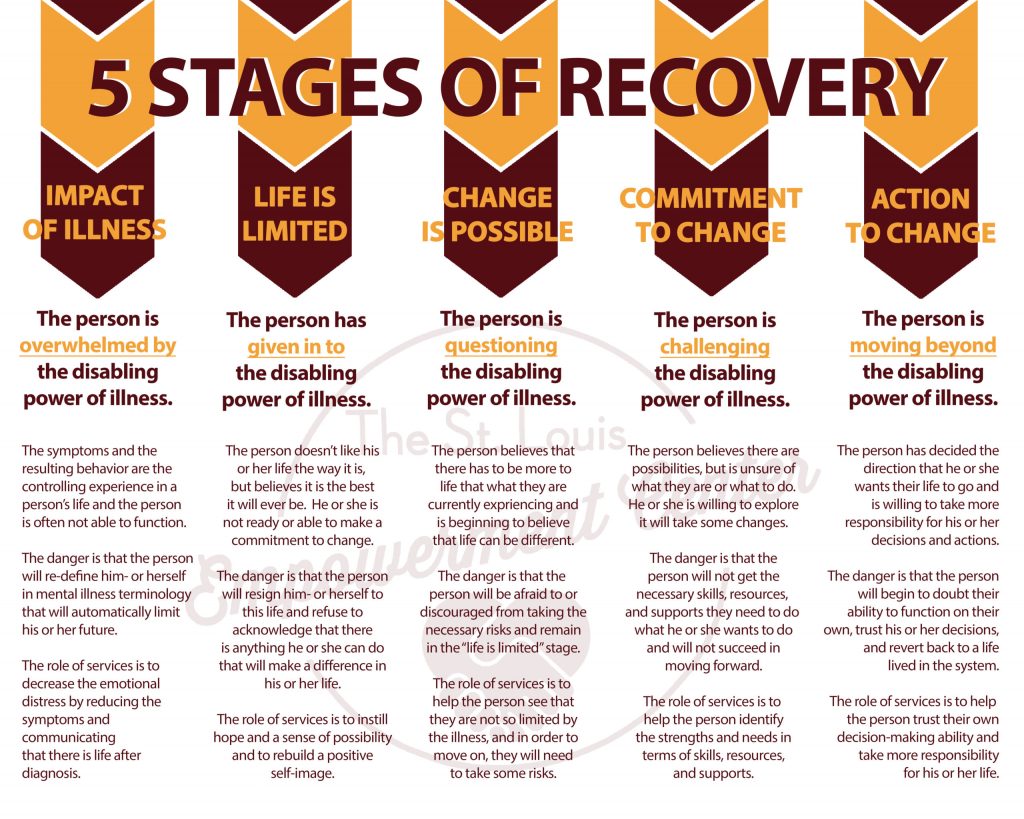Depressive Disorder and the Psychological Recovery Process
The descriptive exploratory study was conducted by Coloni-Terrapon, Favrod, Clément-Perritaz, Gothuey, and Rexhaj in 2020. The participants in the study were informal caregivers of patients suffering from a depressive disorder and hospitalized in a psychiatric inpatient or day-hospital setting. The sample size was 29 informal caregivers. The informal caregivers were recruited via a non-probabilistic convenience sampling method. Their recruitment was effected through the patients using the following inclusion criteria: 1) patients aged between 18 and 65 years old 2) whose main diagnosis or reason for admission was suffering from a depressive disorder, 3) who were hospitalized in an inpatient or day-hospital setting, and 4) who were capable of discernment. The exclusion criterion was the refusal to include an informal caregiver. The descriptive exploratory design was used to collect data. Data collection took place in two adult general psychiatry units and two day-hospital units in an institution in French-speaking Switzerland over a period of six months from October 2016 to March 2017. The instruments
Instruments
Participants filled out a) a self-administered sociodemographic questionnaire and two measure instruments: b) the Life Orientation Test–Revised (LOT–R) and c) the Stages of Recovery Instrument (STORI), adapted for informal caregivers.
Defining the stages of the psychological recovery process and the level of optimism among informal caregivers of psychiatric inpatients suffering from depressive disorders can provide adapted nursing support and psychoeducation and facilitate a patient’s own recovery.
Thus, the present exploratory study proposes to 1) describe the stages of the psychological recovery process in which the informal caregivers of depressive inpatients find themselves, 2) measure their level of optimism and 3) explore the association between stages of recovery, optimism, and sociodemographic factors.







